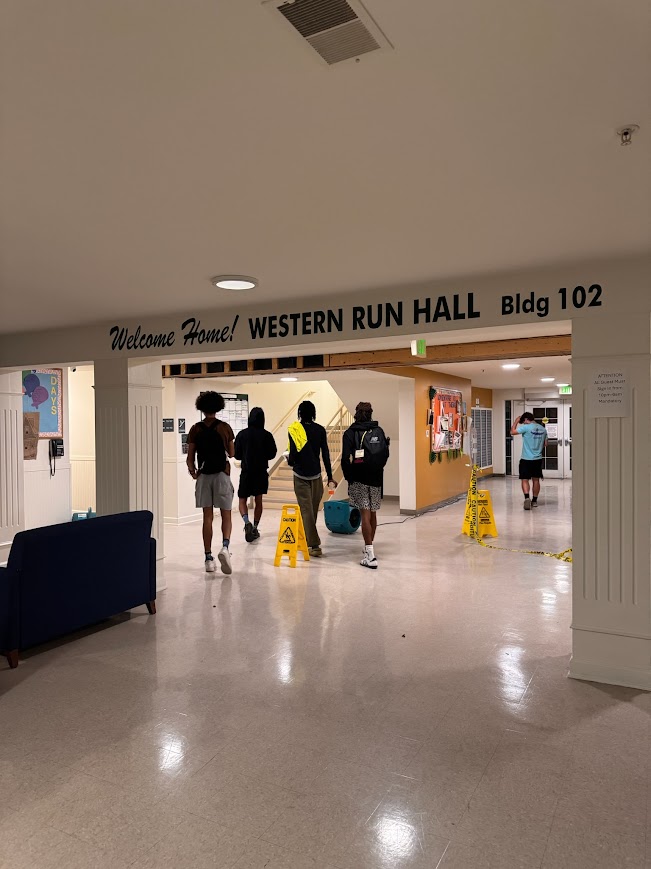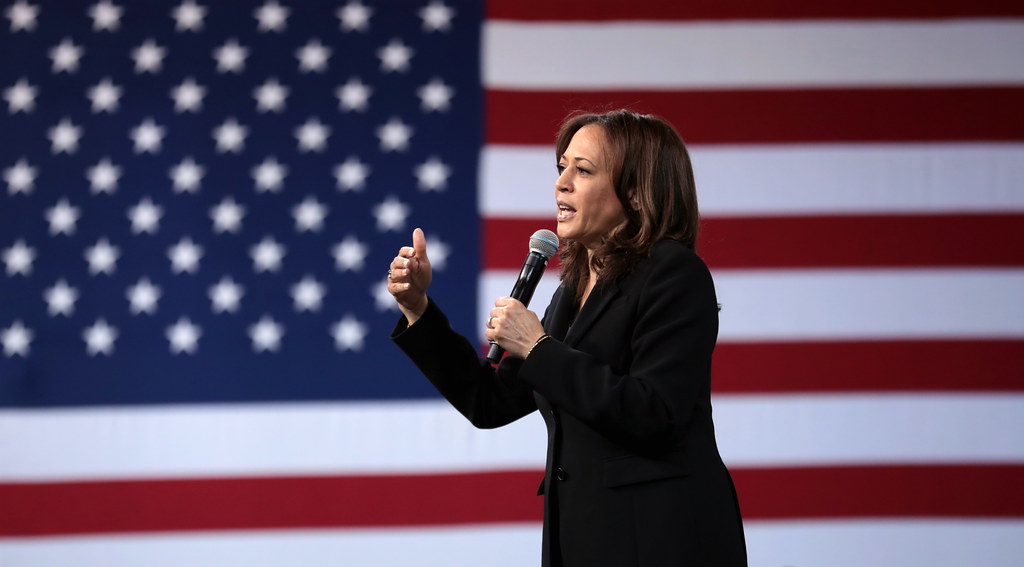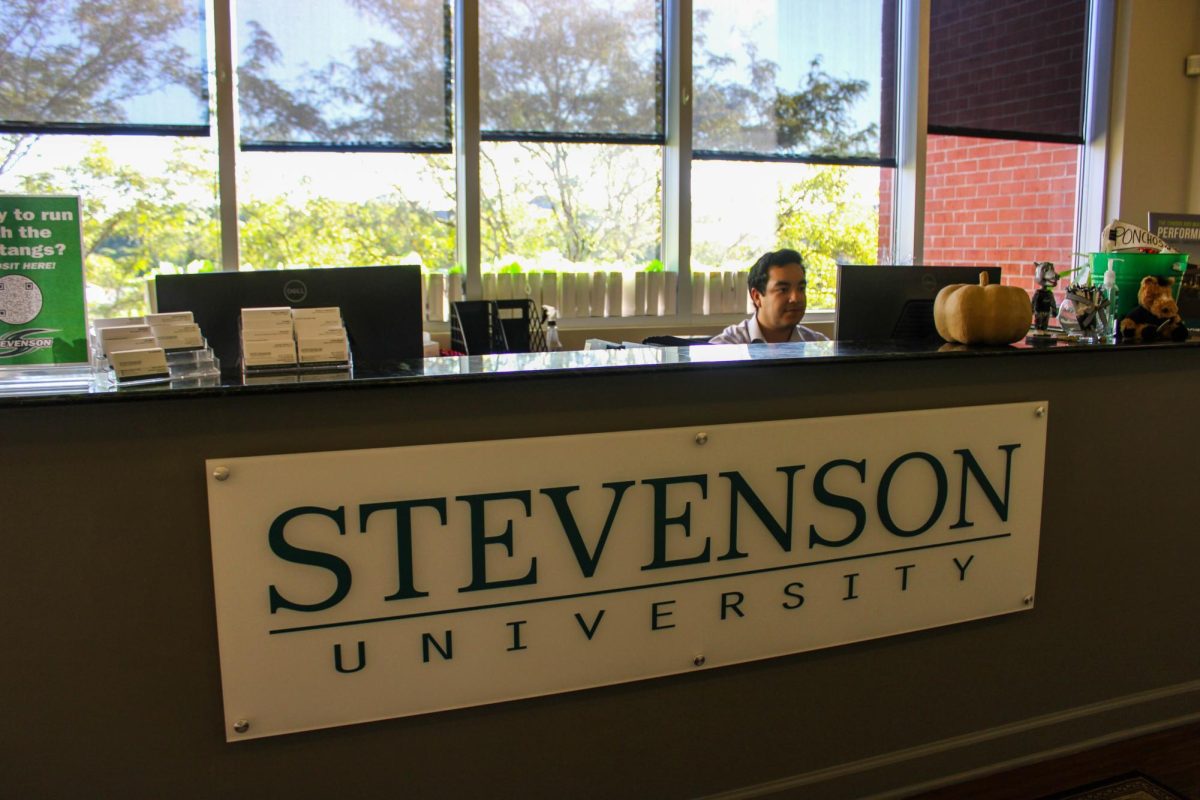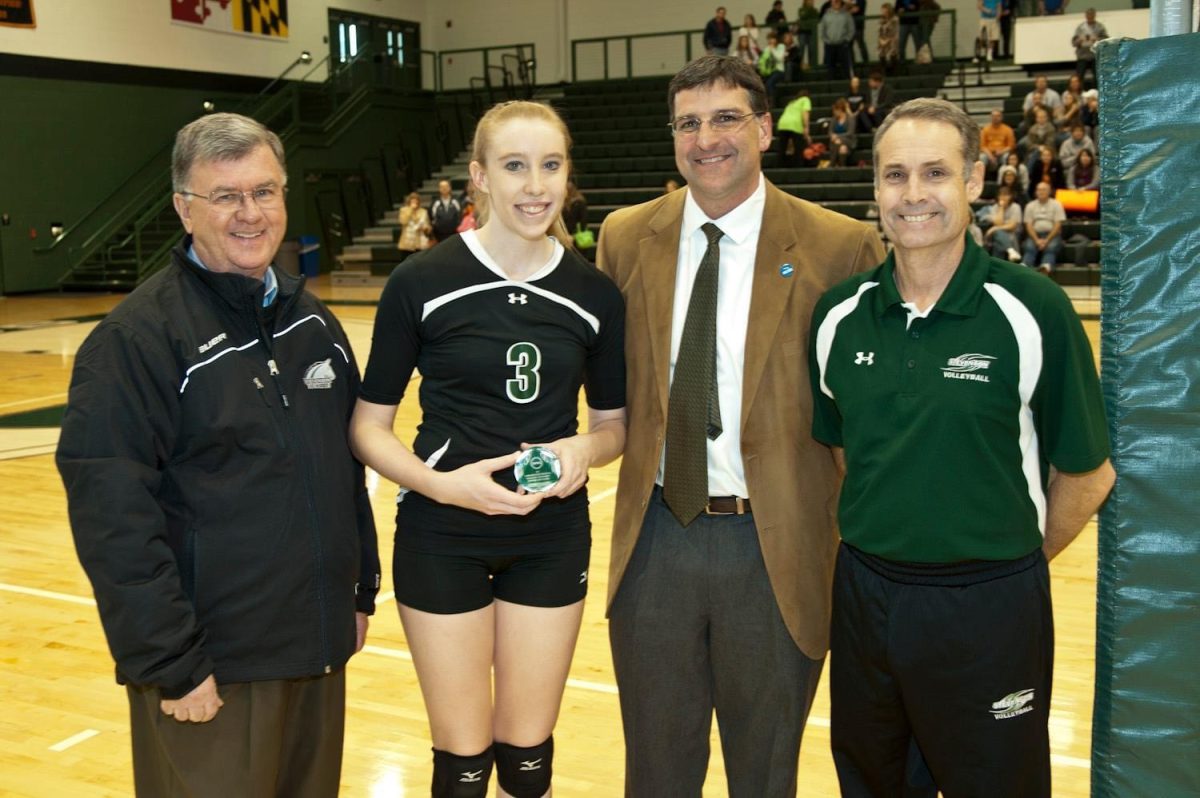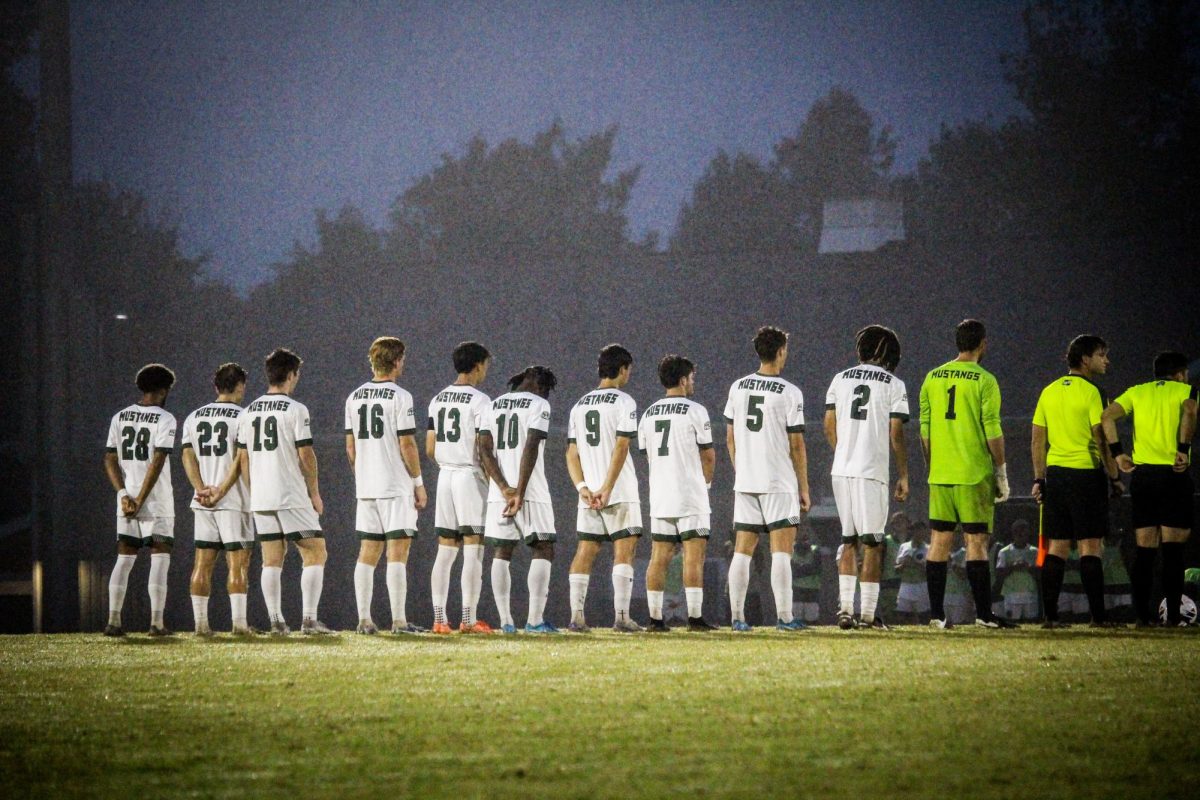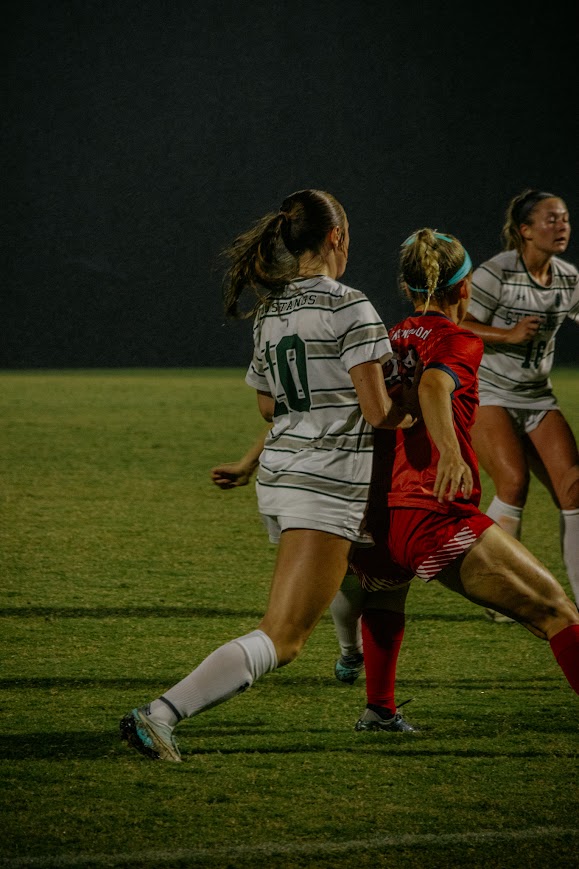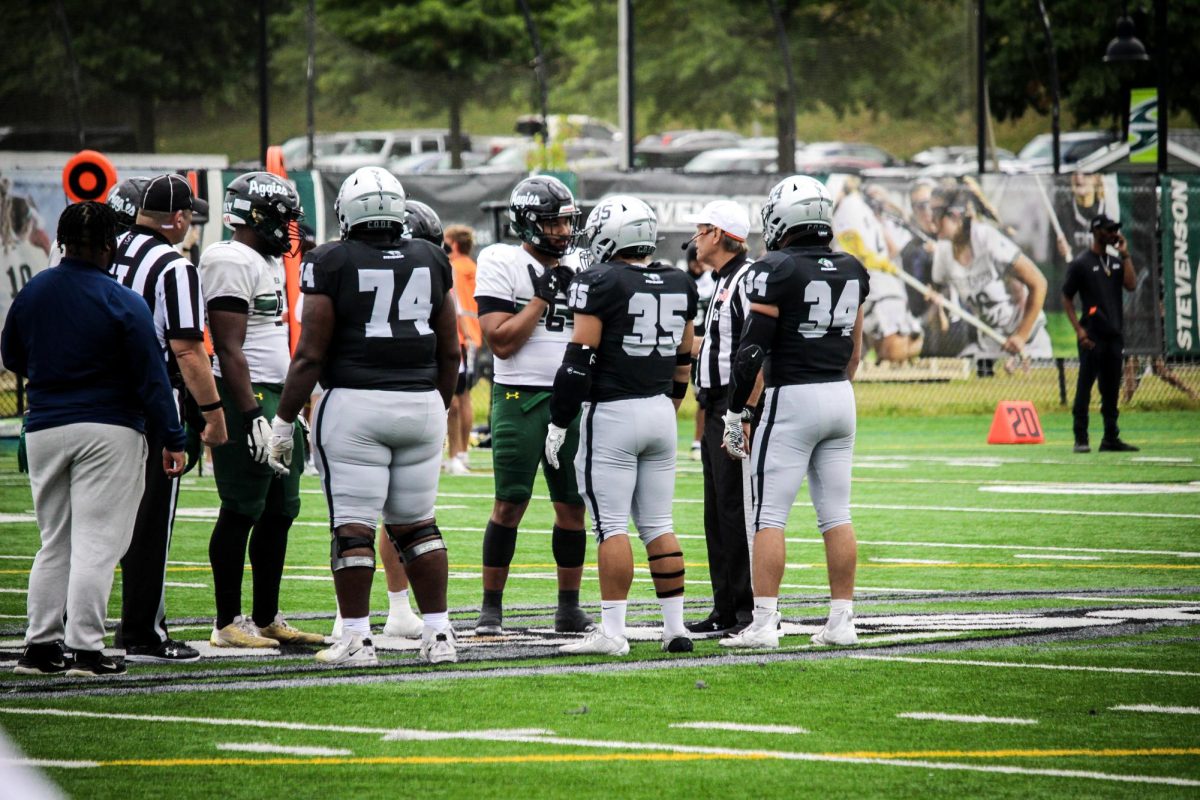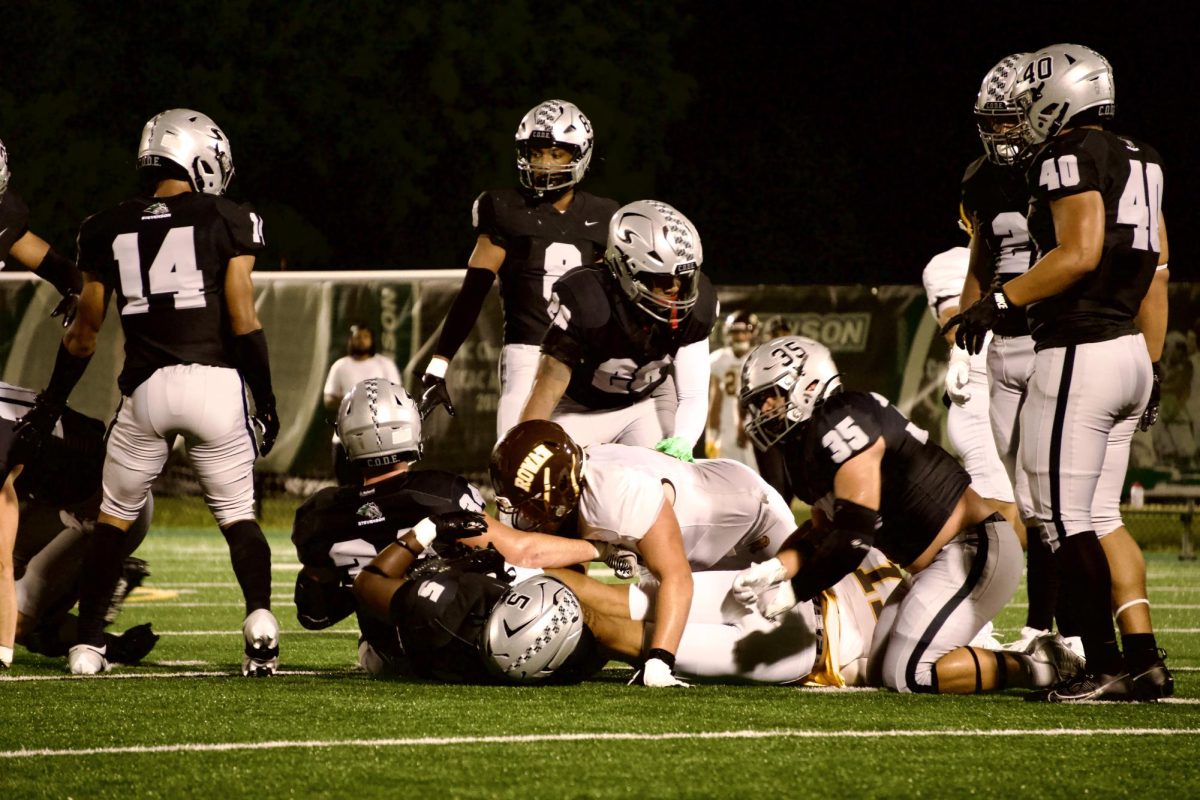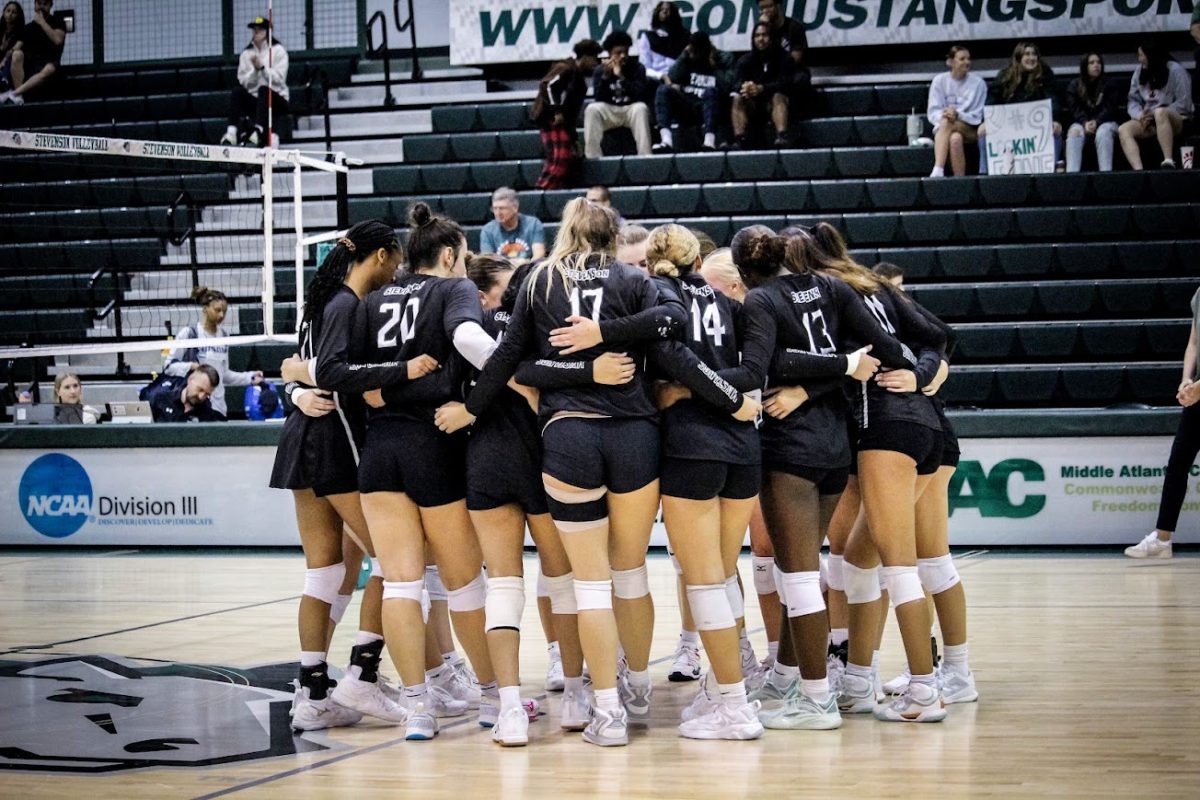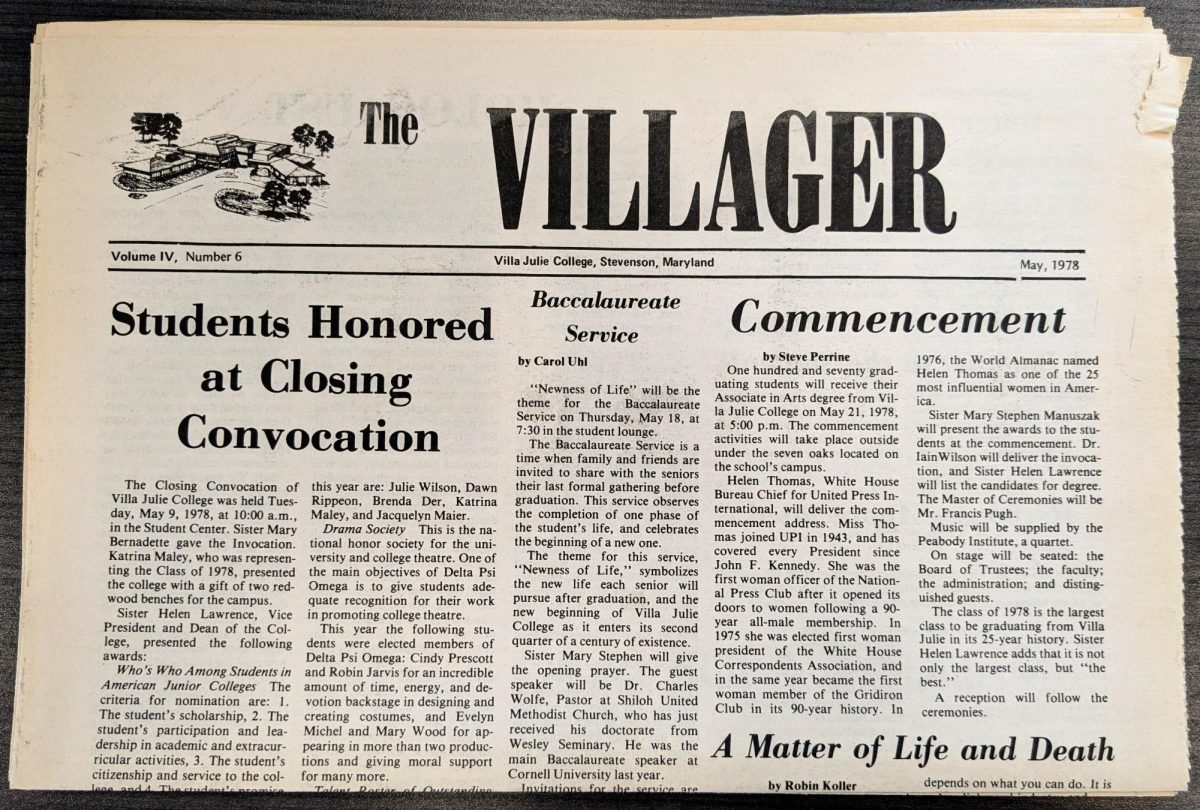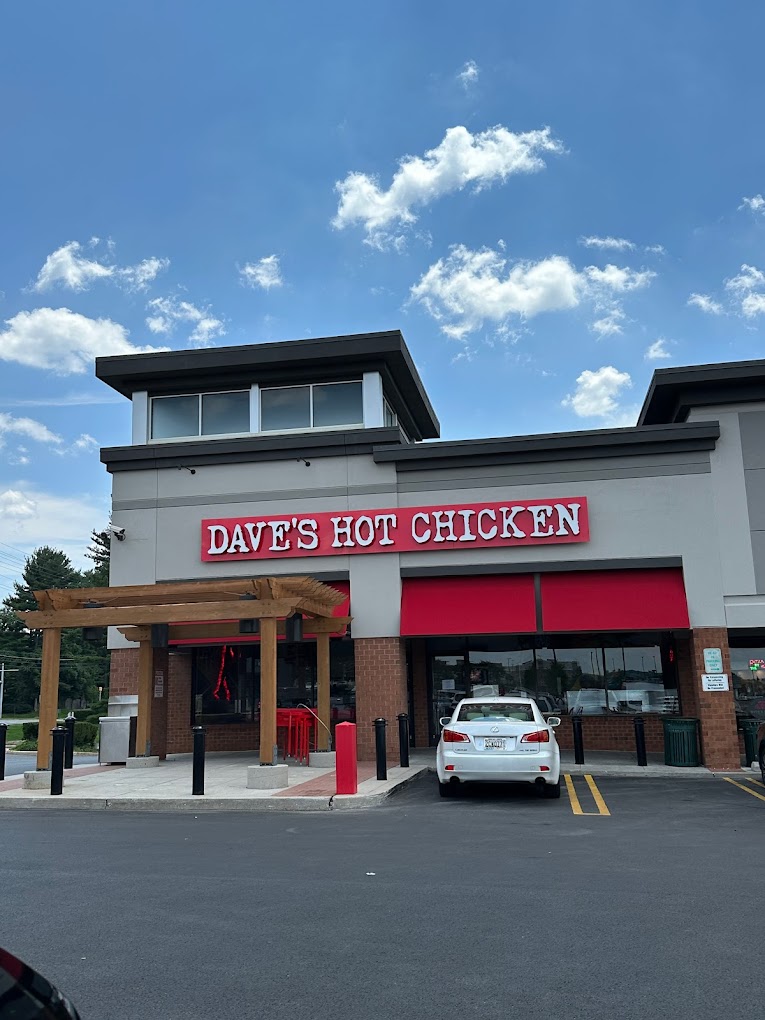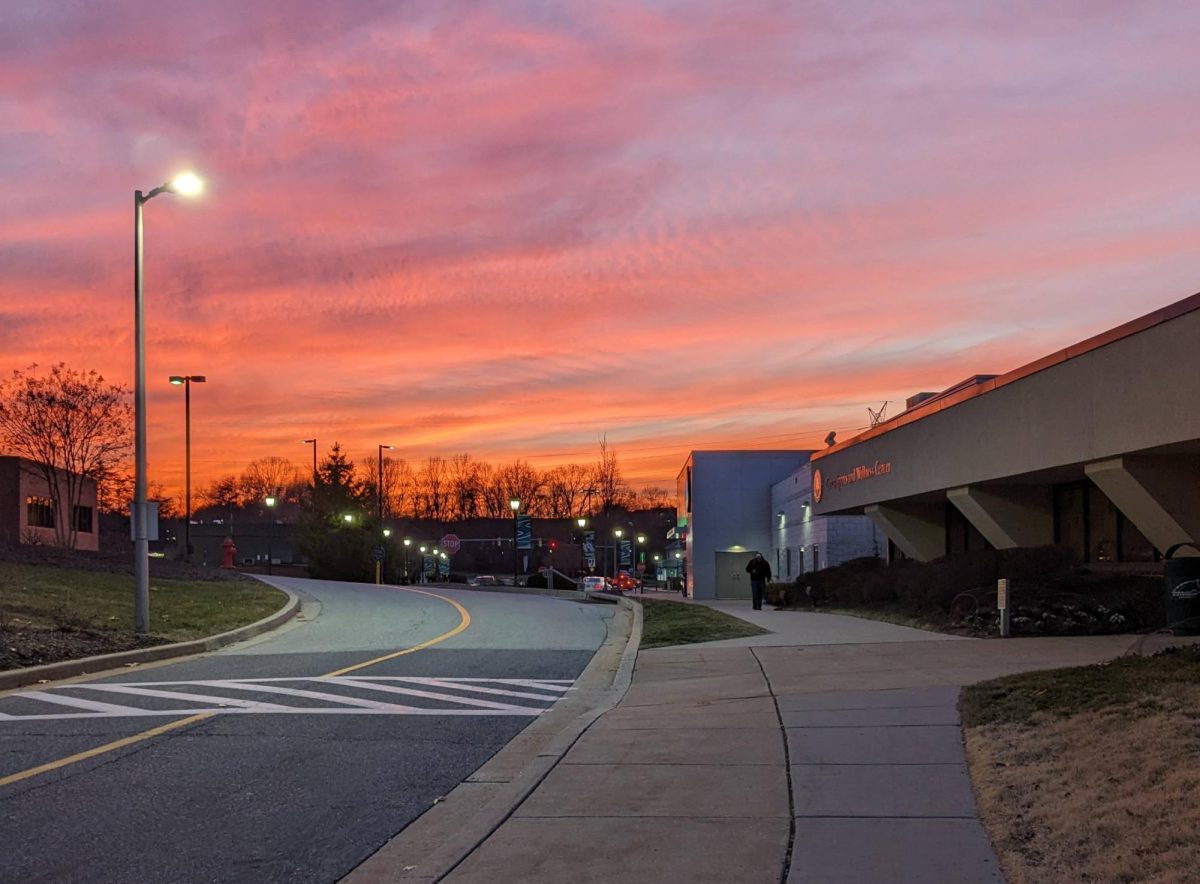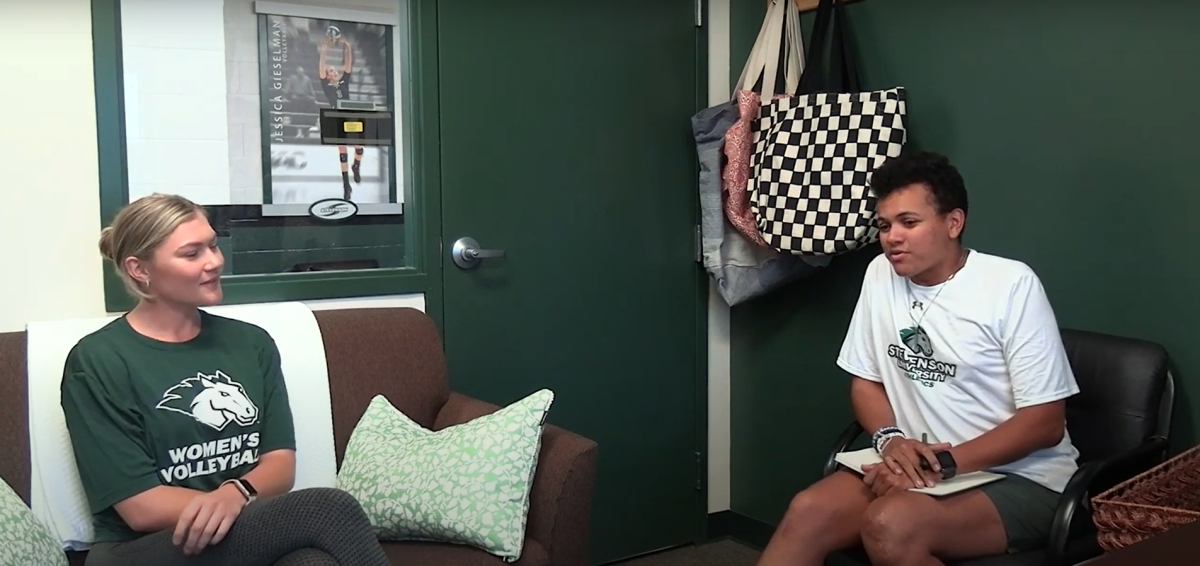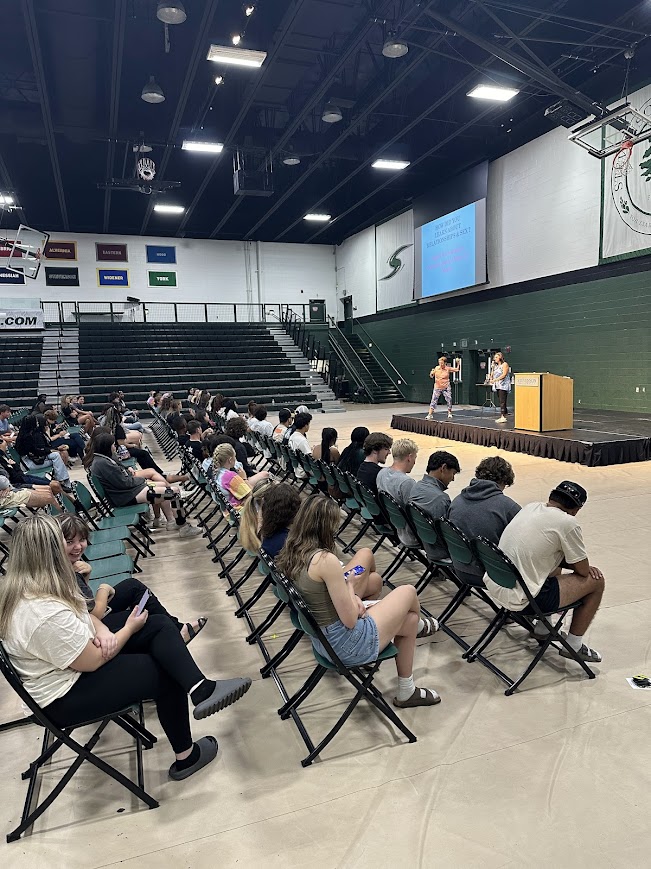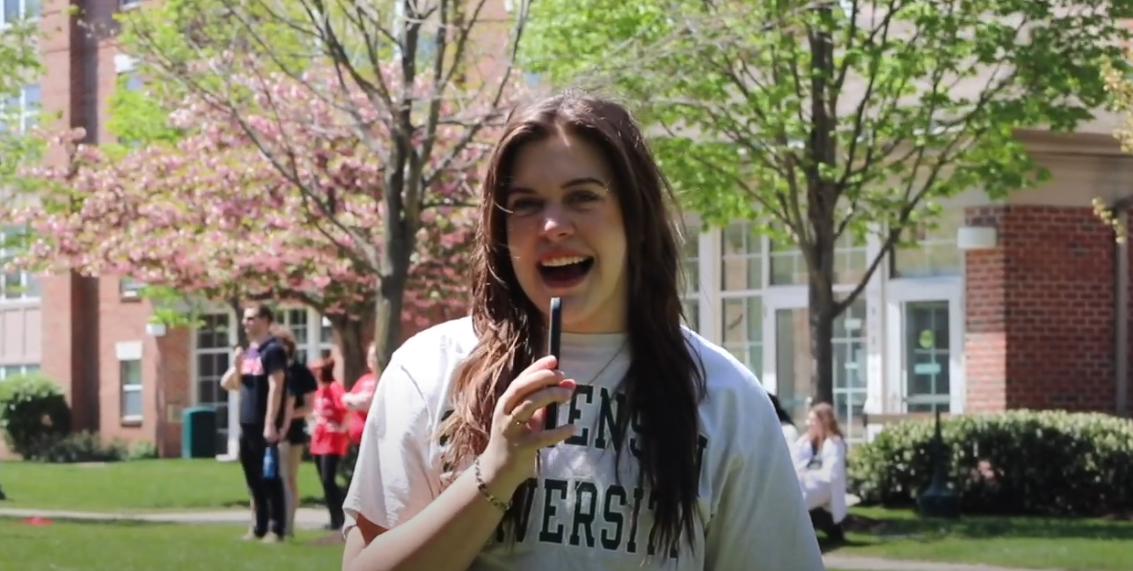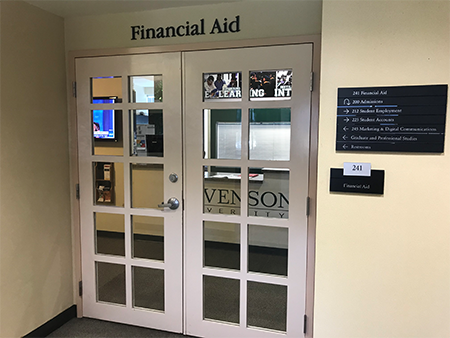The 2019-20 FAFSA, the Free Application for Federal Student Aid, has opened as of Oct. 1. All current and incoming college students must know about new FAFSA deadlines and changes for the 2019-20 year.
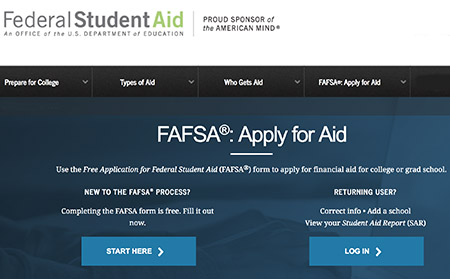 According to U.S. News and World Reports, the U.S. Department of Education awards around $150 billion of financial aid each year to around 13 million students at 6,000 colleges, universities and career schools.
According to U.S. News and World Reports, the U.S. Department of Education awards around $150 billion of financial aid each year to around 13 million students at 6,000 colleges, universities and career schools.
RECENT CHANGES
The most recent change to the FAFSA is that there is now mobile access. This will make the application easier for people who are on the go and make checking on their FASFA progress simpler. The Department of Education made this change to allow the form to be more accessible for a wider range of people.
 Additionally, the income threshold for an automatic-zero Expected Family Contribution (EFC) will be increased from $25,000 to $26,000 for the 2019–20 award year. According to the FAFSA site, the EFC is not the amount of money a family will have to pay for college nor is it the amount of federal student aid anyone will receive. It is a number used by the school to calculate the amount of federal student aid students are eligible to receive.
Additionally, the income threshold for an automatic-zero Expected Family Contribution (EFC) will be increased from $25,000 to $26,000 for the 2019–20 award year. According to the FAFSA site, the EFC is not the amount of money a family will have to pay for college nor is it the amount of federal student aid anyone will receive. It is a number used by the school to calculate the amount of federal student aid students are eligible to receive.
IS THE FAFSA FILLED OUT CORRECTLY?
Typically, concerns about the FAFSA are different, depending on the family. The most common concern among students is filling out the form correctly. Families can ensure they have completed the FAFSA correctly by reading the questions carefully, and by using data retrieval from the IRS for their income information. Completing the FAFSA early lowers the risk of making permanent mistakes on the form.
Financial Aid offices are required to have a valid FAFSA with their school code for each student applying for aid, in order to award and disburse any federal aid. Financial Aid officers assess “financial need” based on family income as demonstrated on the FAFSA.

Stevenson University’s director of financial aid, Melanie Mason, explained, “Stevenson students need to make sure that they have completed the FAFSA correctly. Complete it as early as possible.” The priority deadline for Stevenson University is Feb. 15. Completing the FAFSA by the SU priority deadline will ensure that state of Maryland deadline on March 1 is met.
Most scholarships and outside financial aid opportunities that are posted on Stevenson’s Facebook page and on the SU portal require students to demonstrate financial need, said Mason, generally information that comes from the family’s Estimated Family Contribution.
Help and more information can be found at www.fafsa.gov and www.StudentAid.gov/fafsa. For financial aid information specific to Stevenson University, call the office at 443-334-3200.



